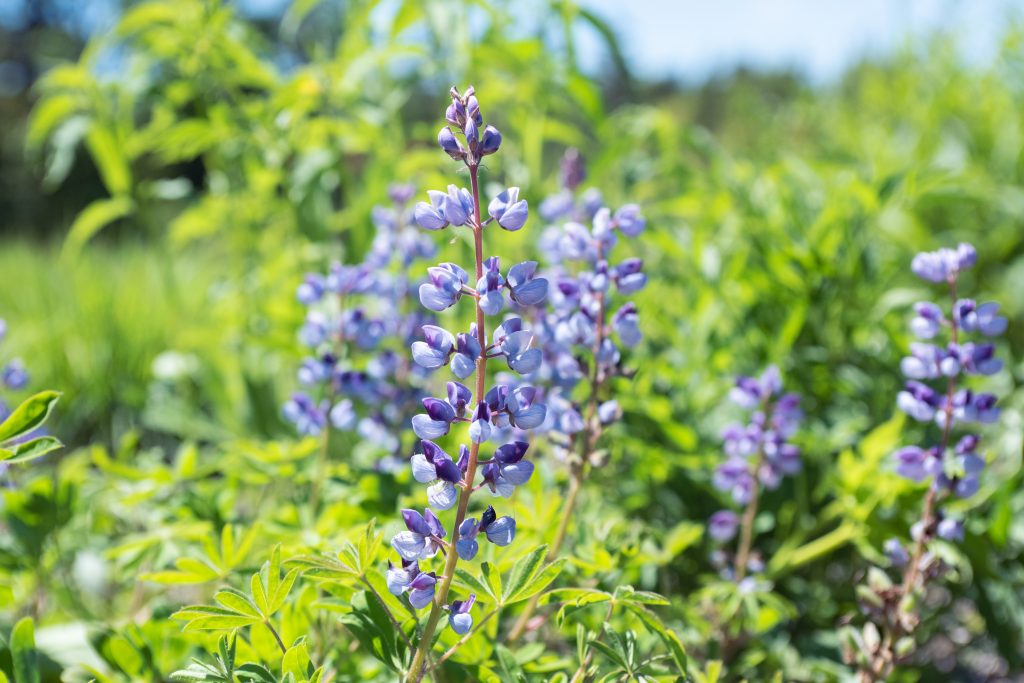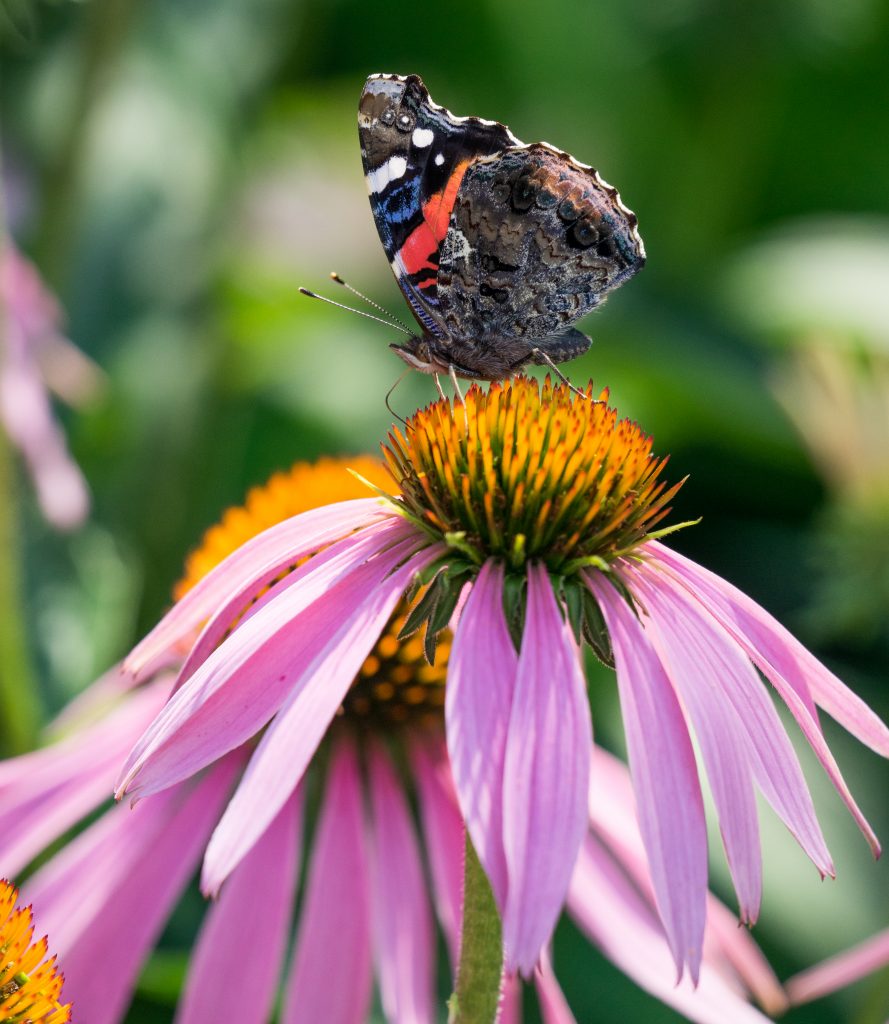 |
| Dr. Michael Dirr teaching (photo by Director of Horticulture Rodney Eason) |
 |
| An example of a “nobel tree” in my front yard in Boothbay Harbor: Acer platanoides ‘Royal Red’ |
Last Saturday I attended our 2013 symposium, “Trees in Your New England Garden and Landscape,” with my fellow interns and Coastal Maine Botanical Gardens Horticulture staff members. The symposium began with keynote speaker and renowned woody-plant expert Dr. Michael Dirr who delivered a lecture on the importance of “noble trees” and new tree introductions. He defined a noble tree as an inspiring species immense in stature, architecturally elegant, that spans generations. Dr. Dirr’s rationale for planting these trees included aesthetics, carbon dioxide sequestration, wind abatement, shade, storm water mitigation, and even their ability to discourage criminal activity.
Dirr’s fervent opinion of the importance of planting trees and consistently searching for new cultivars inspired me to better communicate the significance of plants to my peers. In college my friends playfully mocked me for choosing to study horticulture. Many of them thought my interest in plants was “nerdy” or simply a hobby only their grandmothers’ fancied. Because I’ve never been very skilled with words I was often left unable to defend my field of study, but thankfully the importance of horticulture is undeniable and I don’t need a degree in communications to articulate humanity’s need for it.
While it has always been easy for me to list the benefits of plants – providing food and oxygen, regulating the water cycle, carbon sequestration, as a derivative for medicine, and as the backbone of all habitats – the value of public gardens is more difficult to communicate. When I try to describe what botanical gardens do, I rely on four simple words – education, conservation, research and display. Botanical gardens serve their communities by cultivating community, preserving native and exotic plants, and educating the public on notable plants and sustainable horticultural practices. They provide an aesthetically pleasing environment for everyone’s enjoyment. It is suspected that institutions like Coastal Maine Botanical Gardens will be instrumental in the mitigation of the effects of climate change, and because of their placement throughout the world, they may help move species around and help ecosystems adapt to changing climates.
– Montana Williams, Pearson Horticulture Intern

